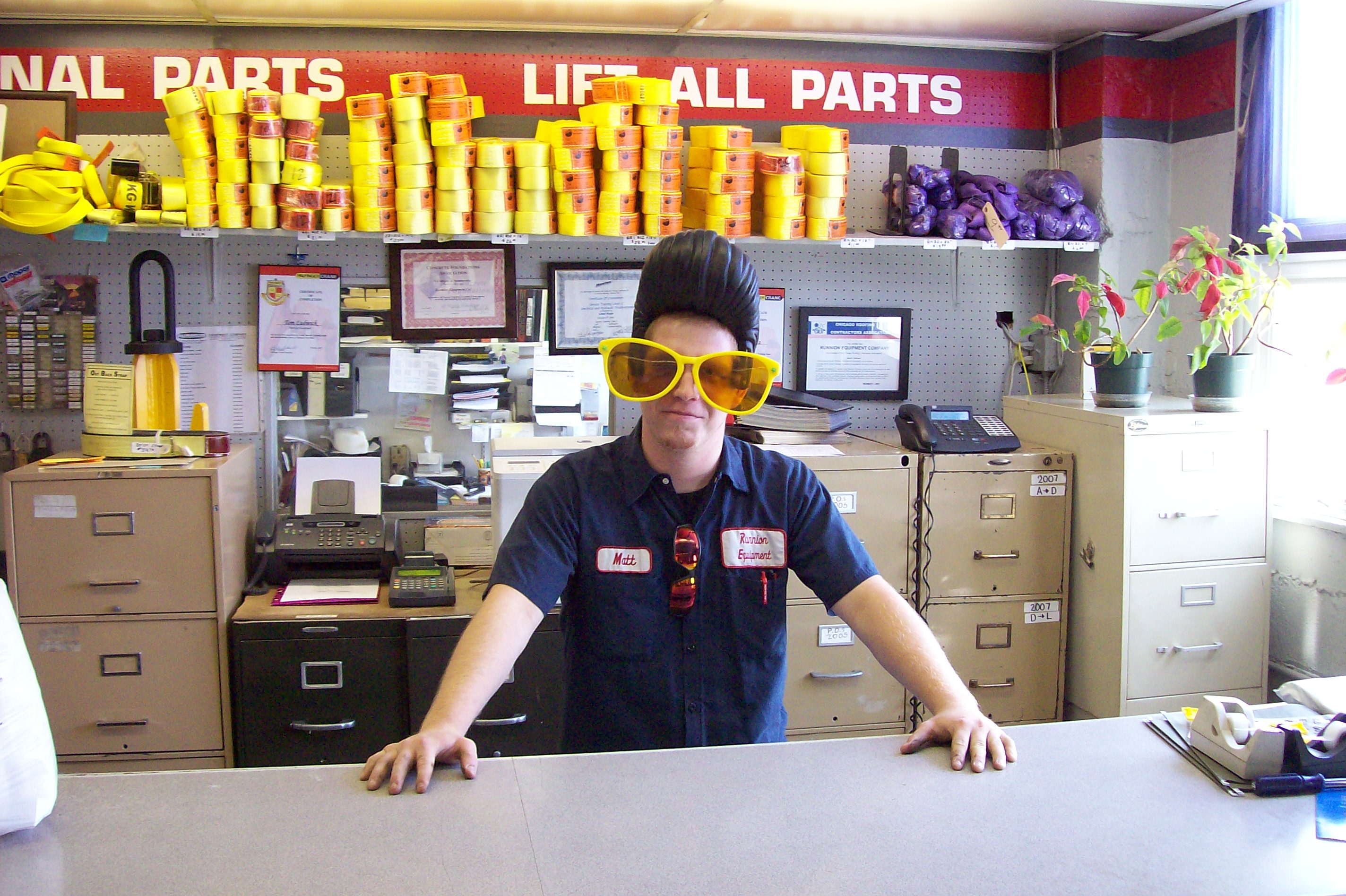Slings and Straps: Keeping Your Lifts Strong

Inspecting Lifting Straps and Slings – Safety Starts Here
When it comes to crane operations, your rigging gear is just as critical as your crane. Whether you're hoisting steel beams or modular units, regular inspection of lifting equipment isn't just a best practice—it's a safety requirement.
Here’s what every crane company should look for during sling and strap inspections:
1. Visual Wear and Tear
Fraying, cuts, or tears: Any visible damage on synthetic webbing or round slings is a red flag.
Broken stitching: Particularly on load-bearing seams—this compromises strength.
Abrasion or burn marks: Heat, friction, and chemical exposure can all degrade materials faster than you think.
2. Hardware Integrity
Cracks, corrosion, or deformation: Check hooks, rings, and links for cracks, corrosion, or deformation.
Free-moving and sturdy: Ensure all fittings are free-moving and not worn thin at contact points.
3. Load Tags and Ratings
Legible identification tag: All slings should have legible identification tags with working load limits, material type, and manufacturer info. If the tag is missing or unreadable, the sling should be taken out of service immediately.
4. Stretch or Deformation
Overstretching: Synthetic straps that are overstretched or permanently deformed may have lost tensile strength.
Birdcaging, kinks, or broken wires: Wire rope slings with birdcaging, kinks, or broken wires are unsafe for use.
5. Contamination
Oil, grease, chemicals, or UV damage can weaken straps and reduce effectiveness over time.
Always store slings properly when not in use to extend service life.
Pro Tip: Routine = Reliable
Set a regular inspection schedule—daily visual checks before each lift and more detailed periodic inspections per OSHA/ASME standards. Train your crew to recognize warning signs and encourage a culture where reporting sling issues is standard practice.
When in Doubt, Take it Out
If there’s any uncertainty about a sling’s condition, don’t risk it. The cost of replacement is small compared to the cost of failure.
Stay safe, stay sharp—and keep those lifts strong.
Have questions about sling ratings or need a rigging inspection checklist? Contact us—we’re here to support safe and efficient crane operations. 800-824-6704 – parts@runnionequipment.com